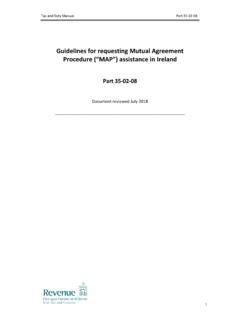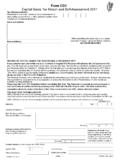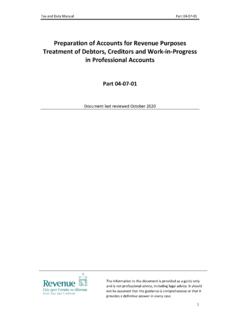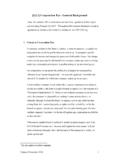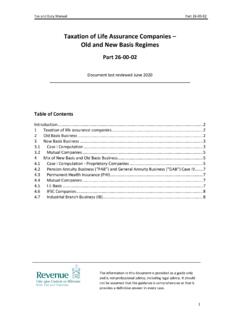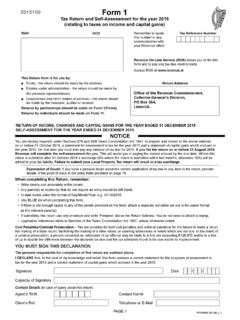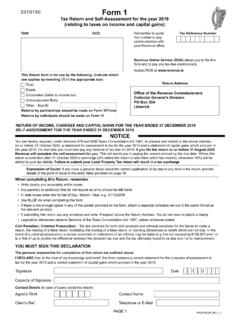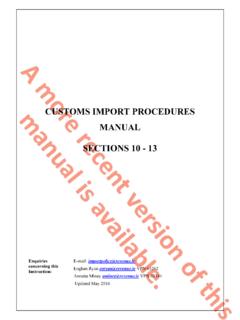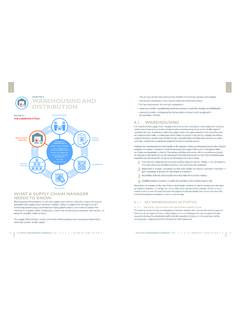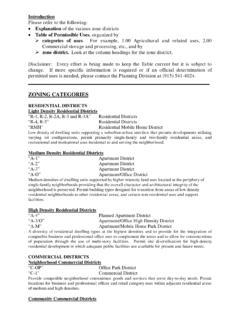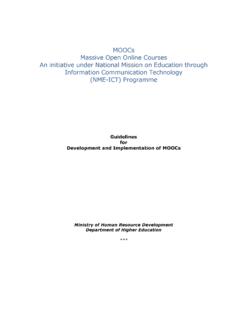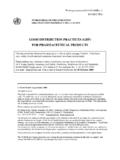Transcription of Employment Wage Subsidy Scheme - Revenue
1 Employment Wage Subsidy Scheme Main guidelines on the operation of the Employment Wage Subsidy Scheme 3 February 2022 Main EWSS guidelines 3 February 2022 2 What s new Amendments since the guidelines last issued on 26 January 2022 have been highlighted in yellow and sets out how employers directly impacted by the restrictions introduced on 20 December 2021 can claim EWSS, the extension to the Debt Warehouse Scheme , and how employers can make repayments if they wish to do so. Please refer to separate guidelines which deal with employer eligibility for paydates on or after 1 July 2021 available here. Employment Wage Subsidy Scheme (EWSS) Background and Summary The Financial Provisions (Covid-19) (No. 2) Act 2020 (Act No.)
2 8 of 2020) which was signed into law on Saturday 1 August 2020 inserted section 28B into the Emergency Measures in the Public Interest (Covid-19) Act 2020. This provides for the introduction of the Employment Wage Subsidy Scheme (EWSS) which is an economy-wide enterprise support for eligible businesses in respect of eligible employees. EWSS replaced the Temporary Wage Subsidy Scheme (TWSS) which was introduced by Section 28 of the Emergency Measures in the Public Interest (Covid-19) Act 2020 and which ceased on 31 August 2020. Eligible employers who were claiming TWSS in respect of eligible employees could continue to claim TWSS in respect of these employees for pay dates up to 31 August 2020. For pay dates from 1 September 2020, EWSS can be claimed in respect of these employees provided the EWSS eligibility conditions are met.
3 A separate registration process must be followed for EWSS as the eligibility criteria differs from the eligibility criteria for TWSS. The Scheme is open to employers who file their payroll submissions electronically through Revenue Online Service (ROS) and who were registered at, and had correctly received a valid Subsidy by, 31 December 2021, or who re-entered the Scheme from 1 January 2022 in accordance with the guidelines available here. The Scheme has two elements as follows: It provides a flat-rate Subsidy to qualifying employers based on the numbers of paid and eligible employees on the employer s payroll; and Main EWSS guidelines 3 February 2022 3 It charges a reduced rate of employer PRSI of on wages paid to 28 February 2022 which are eligible for the Subsidy payment.
4 The Scheme does not affect any legal obligations that the employer may have to their employee as regards the terms, conditions or entitlements of their Employment , including pay. However, if eligible employers choose to retain eligible employees on the payroll while the business is wholly or partially closed, EWSS can still be claimed in respect of wage payments made to those employees. There is no legislative requirement that employees are actively working to be eligible for the EWSS. The Scheme is administered by Revenue on a self-assessment basis. Revenue will not be looking for proof of eligibility at the registration stage. We will in the future, based on risk criteria, review eligibility. In that context, employers should retain their evidence/basis for entering and remaining in the Scheme .
5 For September and October 2020, the Subsidy was paid directly into the employer s designated bank account once a month in arrears, as soon as was practicable after the monthly Employer PAYE Return Submission Statement was available (5th of the following month). The first payment for November 2020 was processed on 9 November in respect of November payroll submissions made prior to then, and thereafter future payments will generally be made within two working days of receipt of the payroll submissions. The Minister for Finance will continue to monitor the economy and may amend the terms of the Scheme , specifically the end date, the rate of Subsidy payable and the turnover test to determine employer eligibility. Revenue acknowledges that a significant number of businesses have been severely impacted by the COVID-19 pandemic and businesses rely on the unprecedented support of the EWSS to continue commercial operations and will access and operate the EWSS as intended.
6 Revenue s administration of the Scheme on a self-assessment basis recognises this. Notwithstanding the above, Revenue will operate a zero-tolerance policy in accordance with the specific anti-abuse measures in Section 28B (6) of the Emergency Measures in the public Main EWSS guidelines 3 February 2022 4 Interest (COVID-19) Act 2020 where abuse of the Scheme is identified. Further details are available on page 29 and Appendix IX. Tax Clearance Employers must possess up to date tax clearance to enter the EWSS and continue to maintain tax clearance for the duration of the Scheme in order to receive the applicable EWSS payments provided all other conditions are met. Employers can check their current tax clearance status through ROS.
7 After logging in, current tax clearance status is displayed in blue writing above the grey banner for My Frequently Used Services . If an employer does not currently hold tax clearance, an application can be made online and assessed in real-time through the ROS e-Tax clearance service by selecting Manage Tax Clearance under the Other Services section on the ROS home screen and following the online instructions while selecting EWSS as the reason for applying for tax clearance. Tax Clearance will be granted if the tax affairs of the applicant and, where applicable, their connected parties, are up to date. Connected parties for tax clearance purposes are as follows: Business Partners (not civil partner or spouse); Partnerships; Directors/Shareholders of a Company; Previous Business Entity/Licence holder where the applicant is succeeding to the licenced trade; Employer where the applicant is SPSV Driver or CAB applicant; and VAT Group remitter if the applicant is a member of a VAT Group.
8 Further information can be found at If there are outstanding returns or debts for the applicant or any of their connected parties, tax clearance will be refused. Therefore, it is imperative that all tax returns are filed, and payments made, or payment arrangements entered into to cover all outstanding debts. Main EWSS guidelines 3 February 2022 5 Debt warehousing In the Financial Provisions (Covid-19) ( ) Act 2020, Finance Act 2020 and and Finance (Covid-19 and Miscellaneous Provisions) Act 2021 the Government has legislated to allow for debt associated with the COVID-19 crisis to be deferred or warehoused . The Scheme allows for VAT, PAYE (Employers), TWSS, EWSS and certain Income Tax debts which taxpayers are unable to pay as a consequence of the COVID-19 crisis, to be parked on an interest free basis until 31 December 2022.
9 At that date, the debts can then be addressed by way of payment in full at 0% interest or by entering into a phased payment arrangement, starting in January 2023, at a lower interest rate of 3% per annum which represents a significant reduction from the standard rate of 8% or 10% per annum depending on the particular tax owed. The liabilities covered by the debt warehousing Scheme are those arising from the time the business was and is unable to trade due to the COVID-19 related restrictions until the end of December 2021 (Period 1). On 21 December 2021, the Government announced an extension of the Debt warehousing Scheme which applies to businesses already eligible for warehousing who continue to avail of Covid supports.
10 For those in receipt of EWSS, the extension applies if an employer is already availing of the Debt Warehouse Scheme , and receives at least one valid paid claim during the period from 1 January 2022 to 30 April 2022 in respect of a pay date in that period. The extension applies to the Period 1 end date for all taxes that the business has warehoused (VAT, PAYE (Employer), IT, TWSS, and EWSS) with an end date now of 30 April 2022. Period 2 ( the zero-interest phase ) for the business will begin on 1 May 2022 and end on 30 April 2023. Period 3 will commence on 1 May 2023. The Financial Provisions (Covid-19) ( ) Act 2020 also introduced a reduced interest rate of 3% per annum to apply to tax debts that cannot be warehoused, older debts not associated with COVID-19.
